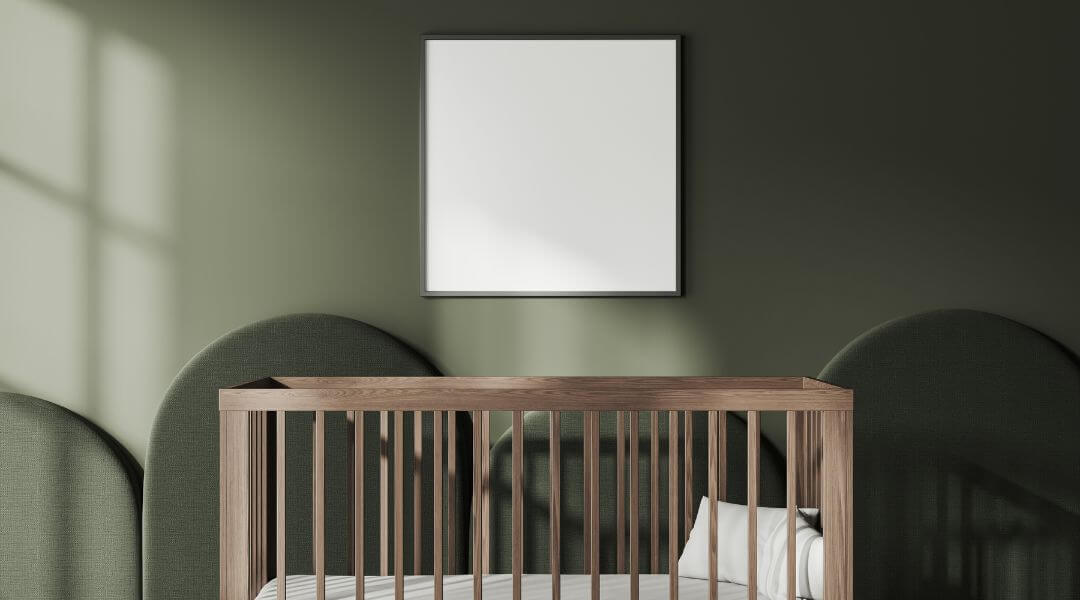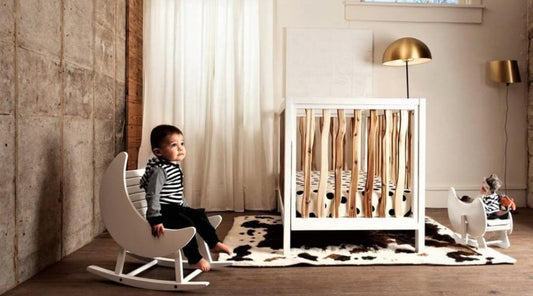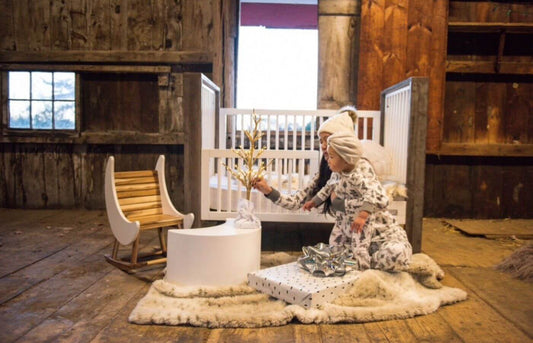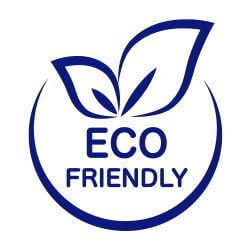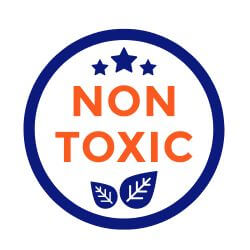Volatile Organic Compounds, commonly known as VOCs, are a significant concern for many parents, especially those setting up a nursery. When creating a safe and welcoming space for your newborn, understanding what VOCs are and how to minimize their impact is essential. In this article, we’ll dive deep into VOCs, their sources, and how to create a healthier environment for your little one.
What Are VOCs?
VOCs are organic chemicals that have high vapor pressures at room temperature. They are released into the air from a variety of sources, such as paints, cleaning supplies, and even some types of furniture. These compounds can have both short-term and long-term health effects, which makes them a crucial topic for new parents.
Common Sources of VOCs
There are several common sources of VOCs that parents should be aware of, particularly in a nursery setting. Here are some of the major contributors:
- Paints and Stains: Many conventional paints, primers, and finishes contain VOCs that can linger in the air long after application.
- Furniture: Some furniture items, particularly those made from particleboard or MDF, can emit VOCs due to the adhesives used in their construction.
- Cleaning Products: Many popular cleaning agents release VOCs, which can accumulate in enclosed spaces like a nursery.
- Personal Care Products: Some fragrances and beauty products might contain VOCs that can easily circulate in the air.
Health Effects of VOCs
The health effects of VOC exposure can vary substantially depending on the type of compound and the level of exposure. Here are a few potential health concerns related to VOCs:
Short-Term Effects
Short-term exposure to high levels of VOCs can lead to immediate reactions. Some common symptoms include:
- Nausea
- Headaches
- Dizziness
- Eye, nose, and throat irritation
These symptoms can be particularly concerning for infants who may be more sensitive to environmental toxins.
Long-Term Effects
Long-term exposure to certain VOCs can lead to more severe health issues. Research indicates links between VOC exposure and:
- Respiratory problems
- Neurological damage
- Increased risk of cancer
Given the vulnerability of newborns, reducing VOC exposure in their environment is vital.
Identifying VOCs in Your Nursery

To create a healthier nursery, it’s important to identify potential sources of VOCs. Here are some steps you can take:
Assess Your Furniture
When purchasing nursery furniture, keep an eye out for low-VOC or no-VOC labels (e.g., Greenguard Gold Cert). Look for items made from solid wood, as they are less likely to emit harmful chemicals compared to composite materials.
Check the Paints
If you plan to paint your nursery, opt for paints labeled as low-VOC or zero-VOC. These options are formulated to minimize harmful emissions and are safer for your baby.
Revise Your Cleaning Routine
Choose cleaning products that are free of harsh chemicals and VOCs. Many brands offer eco-friendly cleaning solutions that effectively sanitize without compromising air quality.
Reducing VOCs in Your Baby’s Space
Now that you understand the sources and effects of VOCs, here are some actionable tips to reduce their presence in your nursery:
Opt for Natural Materials
Whenever possible, choose natural materials for furniture, bedding, and décor. Items like organic cotton changing table and pads are excellent choices since they're hypoallergenic and free from toxic compounds.
Ventilation is Key
Ensure that your nursery is well-ventilated, especially during and after painting or installing new furniture. Open windows and doors to allow fresh air to circulate, reducing the concentration of VOCs.
Use Air Purifiers
Consider investing in a high-quality air purifier with a HEPA filter. These devices can capture airborne VOCs and other pollutants, making the air cleaner for your baby.
Long-Term Strategies for a Healthy Nursery
Creating a VOC-free nursery is not just about immediate changes; it's about establishing thoughtful habits for the long term. Here’s how you can maintain a healthy environment for your newborn:
Regularly Assess Products
As your baby grows, you’ll likely need additional nursery items. Regularly assess the safety of new products, including toys, baby gear, and furniture.
Educate Yourself
Stay informed about the latest research and guidelines concerning VOCs and indoor air quality. Knowledge is power and will help you make better decisions for your family's health.
Join Community Discussions
Engage in community discussions on platforms dedicated to parenting and eco-friendly living. Sharing experiences and tips with other parents can provide valuable insights and support.
Take Action Today!
Your nursery should be a safe haven for your newborn, free from harmful chemicals and toxins. By understanding the potential risks associated with VOCs, you’ve already taken the first step toward creating a healthier environment. Establish good practices now, and remember to opt for safe products like natural fiber changing table and pads to protect your baby.
Every small change you make contributes to a more sustainable and healthier living space. The well-being of your child starts with informed choices and proactive steps. Embrace this journey toward cleaner living, and enjoy creating the perfect nursery for your newest family member!

